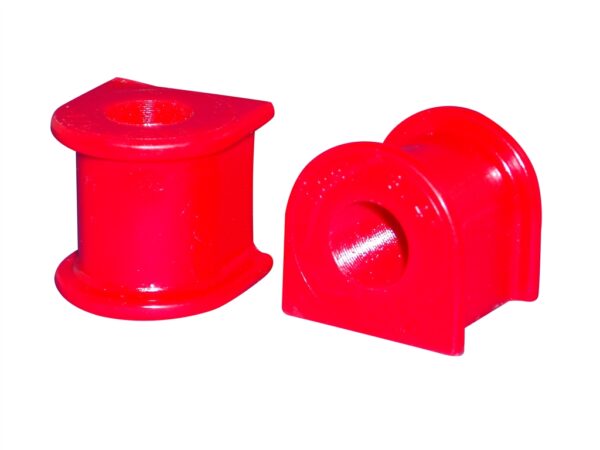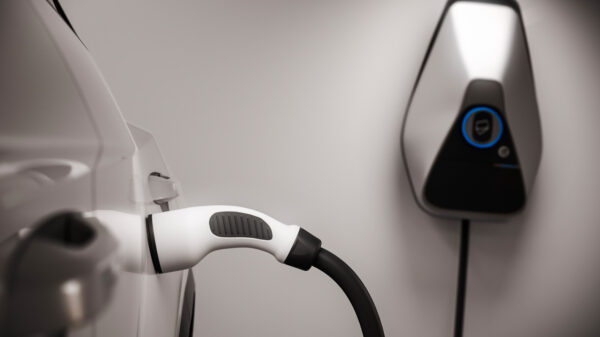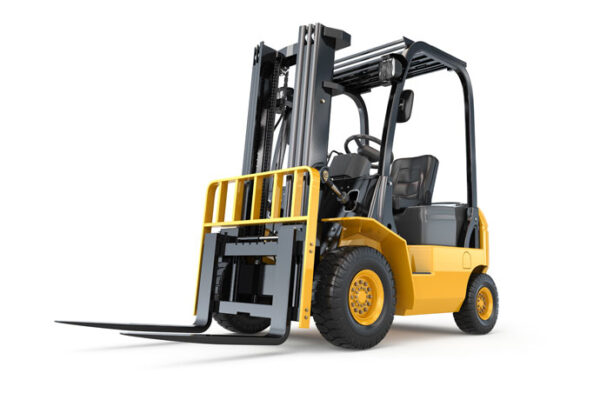Once employed exclusively by the top racers, tubeless tyres are gaining familiarity with an ever-increasing number of riders nowadays. The vehicle tyres such as Yokohama tyres, Apollo Tyres, Kenda Tyres have made the advancement to tubeless ages back, so it’s not amazing to see tubeless tyre technology moving towards the bicycle world too.
In case you’re an enthusiastic mountain biker, you must be accustomed to the exemplary advantages of the tubeless rim and tyre innovation. Nonetheless, did you realize that street tubeless tyre technology has been around for about 10 years? Interestingly, street tubeless innovation first came to the fore in 2006 when Shimano and Hutchinson teamed up to build up a tubeless rim and tyre.
In spite of sound predictions of media and expectations that tubeless innovation would be the destruction of cylindrical and tubed clincher innovation, here we are ten years down the line in this present reality where tubeless tyres are a long way from universal on the roads.
So the question is why to go for tubeless tyre technology? The answer lies in the following eye-catching benefits that it provides:
- No frequent punctures
- Capacity to keep running at a low weight.
- Tubeless tyre technology makes the tyre capable enough to be loaded up with fluid sealants. In the event that a sharp item puts a gap in a tubeless tyre, the fluid sealant quickly flows out and evaporates, fixing the opening. This empowers you to travel longer, without ceasing to fix a cut.
- Air escapes gradually.
- These are lighter in weight
- While driving at high speeds, a tube type tyre will have to make contact with the tyre, which raises the temperature of the tube and there are odds of the cylinder detonating. A tyre/tube blast at high speeds calls for trouble. Tubeless tyres don’t have this risk.
- Since air is contained in the tubeless tyre itself, and not in the tube, driving at high speeds will be steady as the air in the tyre is additionally steady. With a tube, there are chances of uneven weight, which will make the vehicle wobble at high speeds. Likewise, since a tube type tyre has more parts (tyre, tube, edge) as compared to a tubeless one (tyre and rim), execution and effectiveness are better with a tubeless tyre.:
The global market for tubeless tyres: On the rise!
The global market for tubeless tyres will most probably reach US$ 198 billion by 2023. It will grow at a CAGR of 6.2% in the next four years. The market is in a great position as it supports vehicle load, deals with road shocks transmit traction and maintain the direction of travel.
The market is expected to grow exponentially as the users are highly impressed by the following:
- Easy puncture repair
- Less risk in high-speed driving
- Better bump absorption
- Reduced rotating weight
Since these problems were the major challenges to the use of conventional tyres, tubeless tyre technology has come like a breath of fresh air especially for bike riders. This innovation has changed the landscape of the tyre industry.
How has tubeless tyre technology helped the bike riders?
As the tyre volume increases, the amount of pressure required to fill the tyre also increases. Tubeless tyres are much bigger with a high volume capacity. Hence, it is easy to install and inflate them which makes them highly convenient for mountain bikes.
Unlike the conventional tyres and the earliest tubeless tyres, modern tubeless tyres have a high rolling resistance. Moreover, it is almost impossible to flat them. This again gives an edge to the tubeless tyre technology.
Tubeless tyre technology does have challenges to face!
Despite a lot of hype around the success that tubeless tyres have achieved in a relatively short amount of time. However, there are some issues with the use of tubeless tyres. Some of them are:
You’ll spend more money: Tubeless tyres are often criticised for the cost that users have to incur for using them. If innovation is coming, the cost must not be so high that vanishes the interest of people. However, the debate is that they still provide value for money. Inevitably, when they will be started to be used more extensively, the cost will come down.
They take longer to mount: Installing tubeless tyres can be somewhat difficult. The greatest test is getting the tyre bead to situate on the rim accurately—the seal must be water/air proof. The procedure expects you to deliberately include sealant, a great deal of air in a rush.
You’ll still have to carry a tube: If you do flat on a ride, it implies the breach was too enormous for the sealant to self-fix, so the fix has to be done by putting a tube in your tyre. Consequently, you generally need to carry a tube for emergency
You’ll have to mess with sealant: Adding sealant to accomplish an airtight seal between tyre and rim is a naturally chaotic process. Furthermore, on a rare event when a tyre gets sufficiently gashed to splatter segments and clothing, clearing off that sealant is a challenging task.
You also need to include tyre sealant occasionally after it has disseminated or dried out. This may be at regular intervals in a warm atmosphere or once per year if you reside in a cool or wet location.
However, the benefits surely outweigh the limitations. The limitations are more general. They are not related to serious technical flaws in the tubeless tyres. These will be nullified as they become a more common sight. There is no doubt that they have a bright future.
Conclusion
While street tubeless tyres got off to a moderate beginning, the innovation is picking up momentum. New aerodynamic, tyre and braking technologies are making the conditions ideal for wide reception of tubeless tyre technology.
Simply think about the potential outcomes… You line up on the beginning line at your next race, on a super-quick and stable SES tubeless wheelset, running confidently handling 25mm tyres with ultra-low moving obstruction and practically no way of flatting. Sounds like the sort of innovation dreams are made of.



